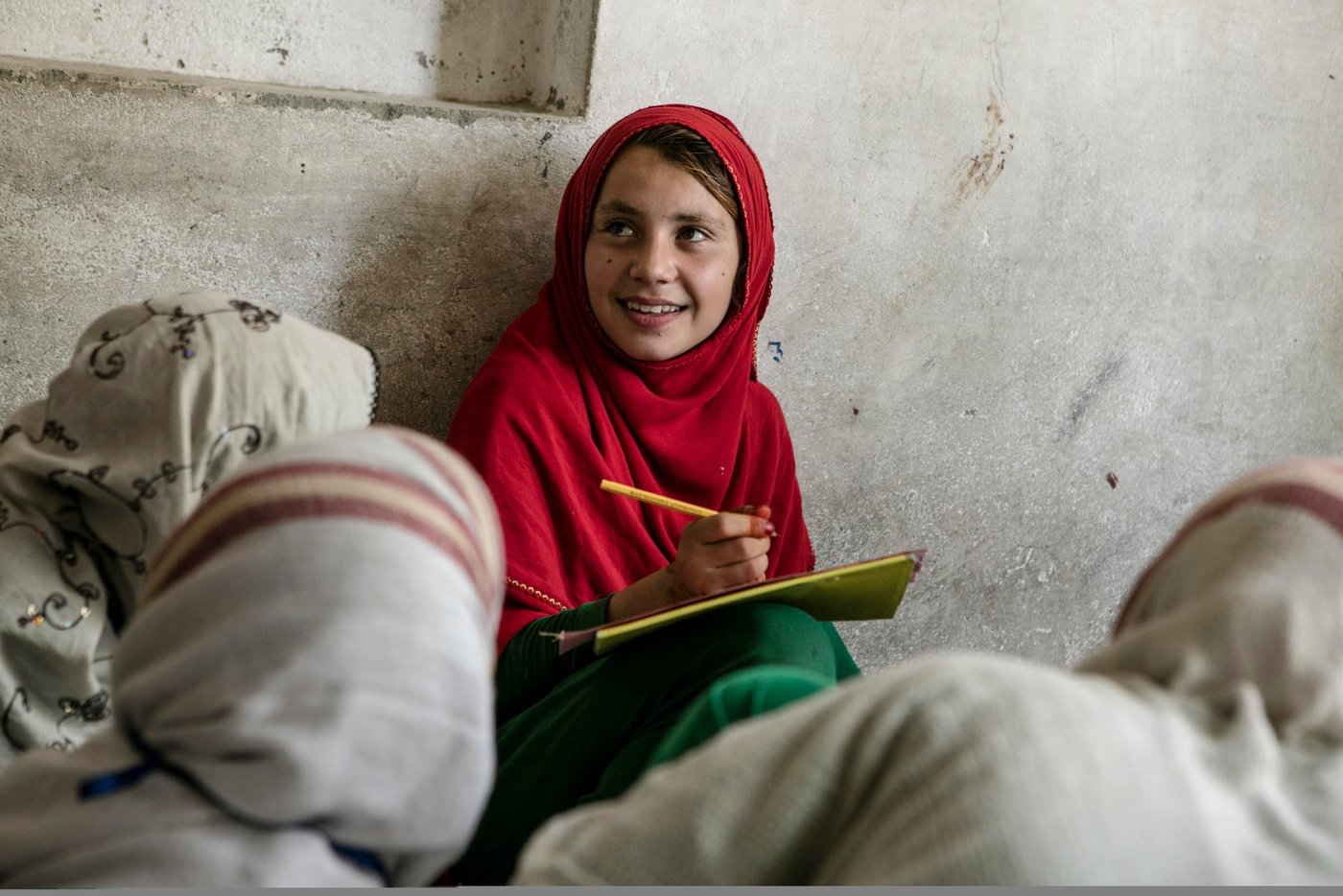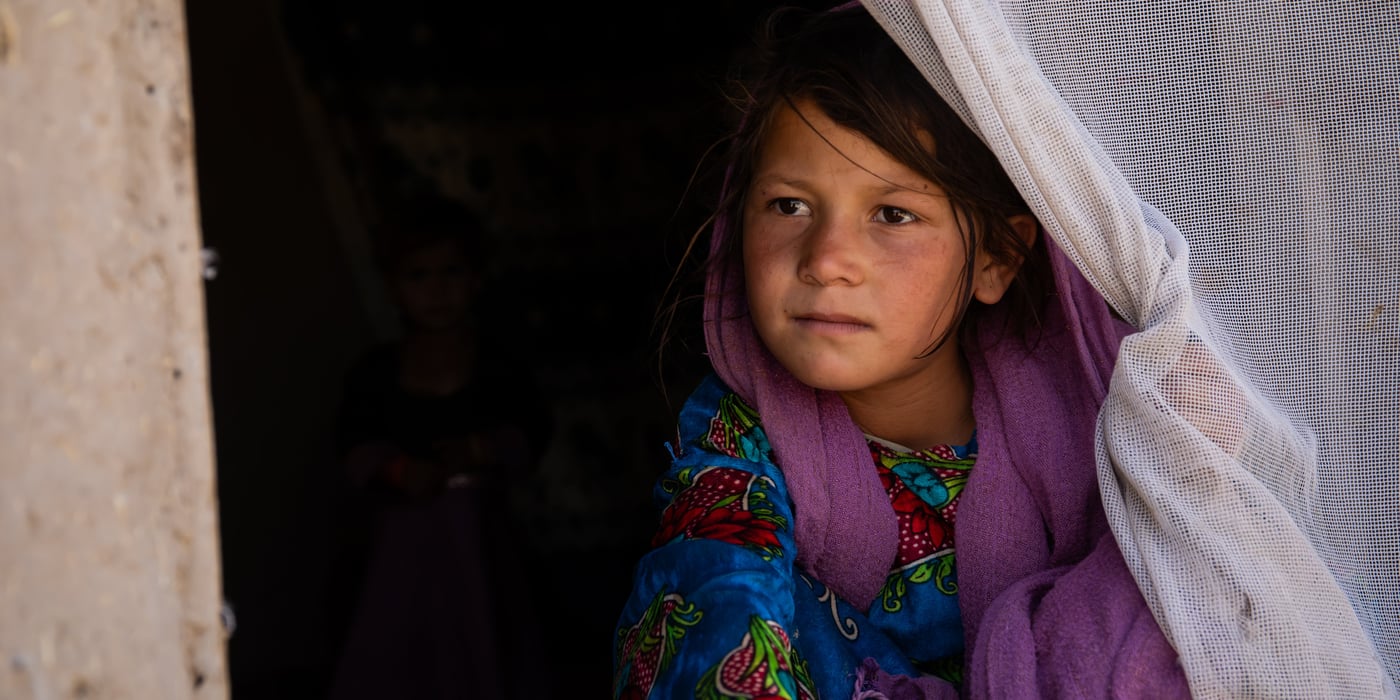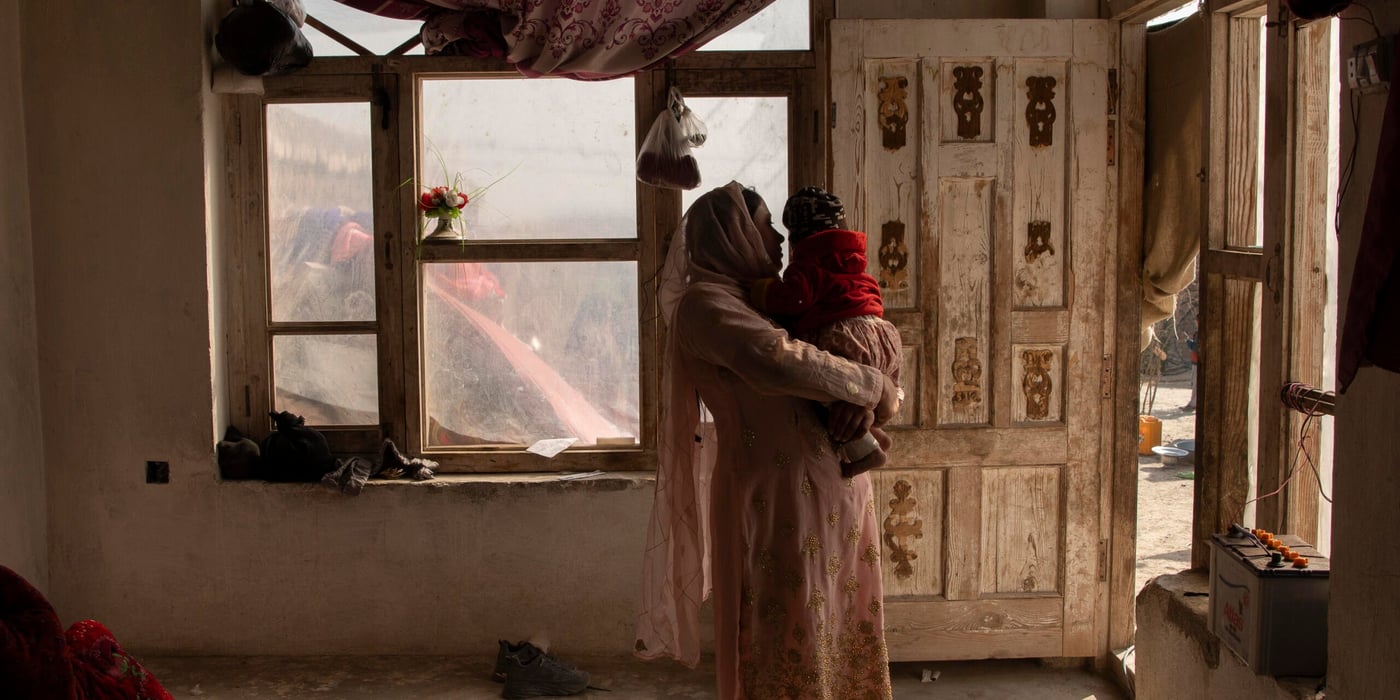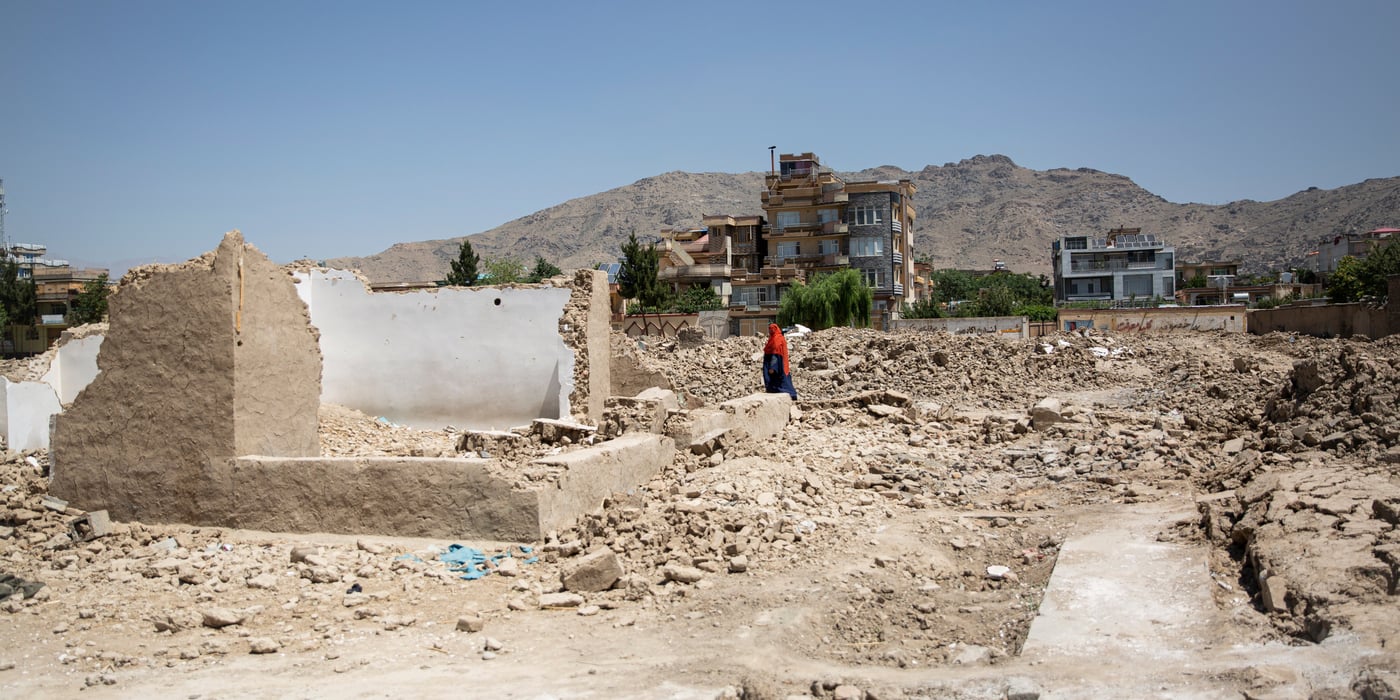As world leaders meet for the Brussels Conference on Afghanistan 5 October, 15 years after the US-led invasion, the situation in the country is bleaker than what citizens in countries engaged militarily have been presented.
"International attention has shifted elsewhere as the situation in Afghanistan is deteriorating. Every single day this year the worsening conflict has forced one thousand Afghans to flee their homes," said Egeland.
More than 1.2 million Afghans are now displaced within their own country, more than at any time since 2002 and the causality figures are the highest since UN started reporting in 2009, whilst humanitarian funding for the country is decreasing.
"Girls' education has been hailed as one of few success stories of international support to Afghanistan and progress was indeed made. But now increasing numbers of girls are out of school not only because it is unsafe, but because the money dried up. This year, we had to shut down several school projects for displaced children simply because no one finds a way to pay. To me, this shortfall is one of the most staggering examples of how the international community has broken its promise to Afghan girls," said Egeland.

In some of the conflict ravaged areas, only one girl was enrolled in school for every 10 boys, according to Afghanistan's own national education strategy. Just this year alone, another 150,000 children in Afghanistan have been displaced by conflict, but support for education in emergency situations is still next to non-existent.
"In several parts of the country overstretched schools are running two, three or four shifts a day and many classes are being taught outside or in tents, in order to accommodate the overwhelming numbers of displaced children. Other children have no school to go to at all," said Country Director for the Norwegian Refugee Council Kate O'Rourke.
"If we want to give the next generation of Afghans a chance to save their country's future, education is key," she added.
Facts:
• In 2015 the total number of civilian casualties in Afghanistan reached its highest level since UN started counting in 2009. 3545 civilians were killed and 7457 injured. This year the negative trend continues.
• The number of internally displaced has surpassed 1.2 million. It has never been as high since 2002.
• Every day more than 1000 people are forced to flee their homes and become internally displaced in Afghanistan.
• Of the more than 272,000 people displaced in Afghanistan since the beginning of the year, more than half are children.
• The appeal for humanitarian assistance to Afghanistan this year is only 46% funded, and an increase in needs led to the launch of an additional flash appeal in September.
• Despite an increase in the number of girls in school, three out of ten girls still never make it to primary education, and only a quarter are enrolled in secondary schools.
• In some of the conflict ravaged areas, only one girl was enrolled in school for every 10 boys.
• In 2015, more than 369 schools had to close completely or partially due to conflict and insecurity, denying 139,048 students access to education.
Source: UN, Government of Afghanistan




